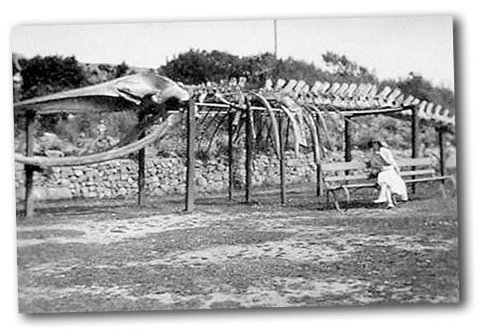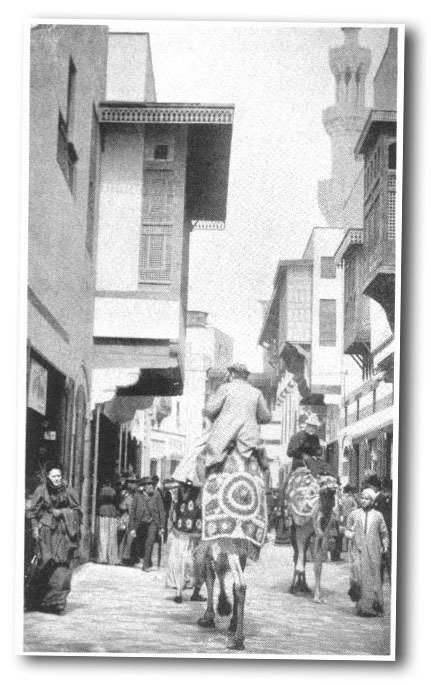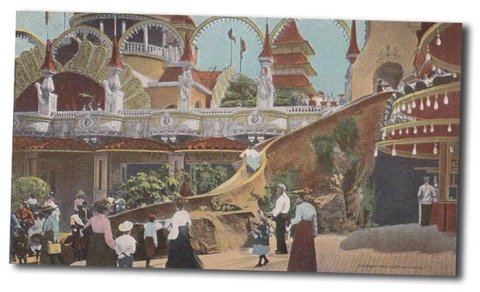From its origins to Luna Park on Coney Island in 1903.
Amusement parks evolved from the fairs and events that medieval nobility celebrated in their gardens for the entertainment of the court and its subjects. In 1583, a park considered to be the first Theme Park in history, was opened in Bakken, Denmark. It was born from a healing waters spring, situated in a privileged natural setting. The influx of people attracted the arrival of vendors and stall-holders. The public began to prefer natural and exotic environments for leisure enjoyment.
During the 17th century, the Baroque aesthetic, lover of all things lavish and theatrical, imbued fairs and leisure events with spectacular scenery, to which the theatre backdrops of the grand 19th century operas and the magnificent film sets, from the first silent film to the present day, are greatly owed. Decades later, such backdrops inspired leisure complex designers, but they cannot be considered as themed elements in an amusement park designed as such.
In May 1843, the Blackgang Chine Amusement Park opened, that was considered to be the first amusement park in the United Kingdom. This leisure park had and still conserves what could be the first themed element of an amusement park in history: the complete skeleton of a whale that was found on a nearby beach in 1842. This still-preserved theming element could be visited and it acted as one more attraction, becoming the most famous leisure element of the Park.
During the 19th century, themed elements in amusement parks were occasional and they did not form part of an integral themed concept, as we know it, until the World’s Columbian Exposition of 1893 in Chicago. This event took place in an enclosed area that was intended to reproduce an imaginary city, where visitors felt transported to a world of illusion with attractions, cultural and technological events, exactly like those of current Theme Parks. The attractions were separated from the cultural areas, gathered together in a place called Midway and they were themed with exotically set scenes. The area of a “Street in Cairo”, included reproductions of buildings, camels and minarets.
This attractions area in the World’s Columbian Exposition in Chicago, experienced unprecedented public success and inspired a local entrepreneur called Paul Boyton, to construct in Chicago the first modern amusement park, Paul Boyton’s Water Chute in 1894. Boyton built the first Amusement Park in which an entry fee had to be paid and it depended almost exclusively on mechanical attractions. The Park was not strongly themed, but it did open the way for the imagination of other entrepreneurs to join the concept of mechanical attractions with the lavish and exotic theming that had had such success in the World’s Columbian Exposition in Chicago. This union would be carried out a few years later in 1903, in Coney Island’s Luna Park, an evolution of the Sea Lion Park also founded in Coney Island by Boyton in 1895. In Coney Island’s Luna Park, surely the first Theme Park in history, for the first time we could find artificial rockwork next to strongly themed buildings and backdrops. We could say that the photo of Luna Park shown below, displays one of the first examples of artificial rockwork used as a theming element in an amusement park.








